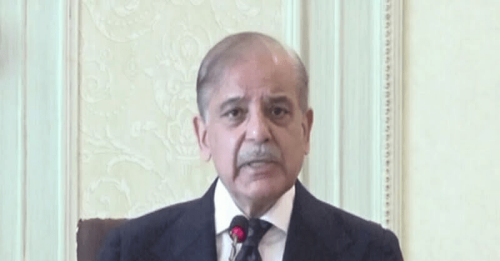THE long-awaited, though controversial, Peshawar BRT project is finally complete and has been opened for the public. Constructed at an inflated cost of about Rs67bn, the ambitious rapid transit system has been billed as the answer to all commuting issues in the KP capital. Around 30 stations have been built along the main BRT corridor that is some 27km long. Besides, the large fleet of buses that would ply along the main corridor and adjoining routes, the low-cost transport project also includes a bicycle-sharing system and an express service that would stop only at seven of the 30 stations. During its construction, the project was marred by design flaws that increased the total cost, incessant delays, corruption allegations and reports of irregularities in construction leading to an FIA investigation (later stopped on judicial orders). But the PTI-led provincial and federal governments remained adamant and went to great lengths to complete the project.
This could be seen as an encouraging sign had not the circumstances under which the project was announced exposed a spirit of political hubris, especially given the fact that such mega development schemes have not been part of the PTI’s vision for the country; the party leadership itself has vehemently questioned the utility of similar projects in Lahore and Multan. However, all said and done, the true test of the BRT project begins now. It remains to be seen whether the project, for which 25,000 trees had to be cut down, will resolve Peshawar’s mass transit issues or exacerbate them, and whether or not it will add to environmental pollution — which the PTI leadership claims will be reduced. Similarly, the maintenance of the stations, the large fleet of hybrid diesel buses and the BRT track might also prove to be a burden on the provincial government’s budget. One really hopes that this project proves to be effective and reduces commuters’ woes. Otherwise, it would have been a waste of all the time, effort and money that went into it.
Published in Dawn, August 15th, 2020










































